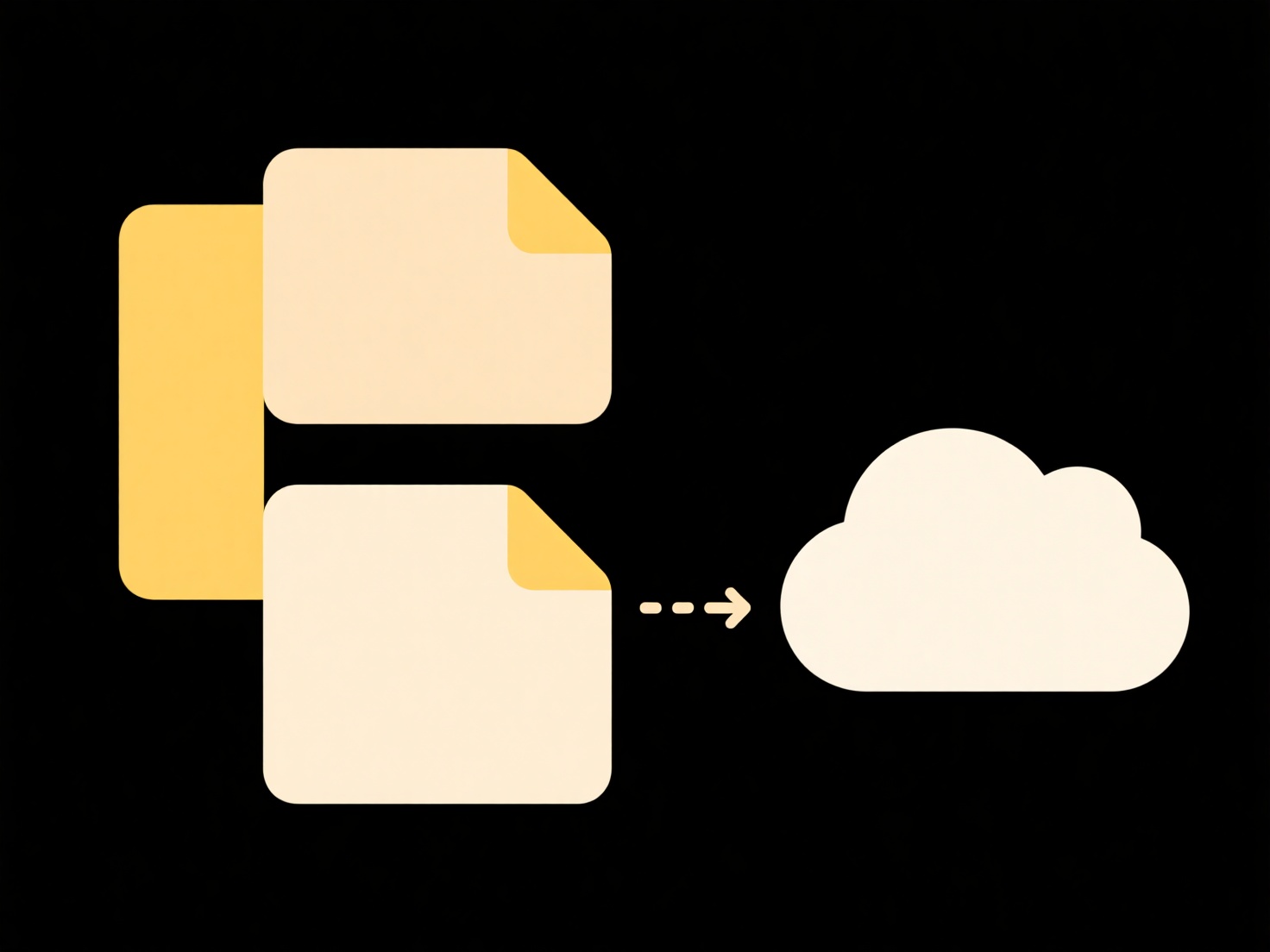
The "Share" button might be missing due to permissions, platform rules, or technical reasons. This feature allows users to distribute content across platforms or within applications. Its absence often indicates restrictions set by content owners, administrators, or the platform itself – it doesn't simply "break," but is intentionally hidden or deactivated based on policies or access levels.

For example, social media platforms like Instagram may hide sharing on private profiles or specific post types. In workplace apps such as SharePoint or Teams, administrators disable sharing on confidential files or limit external sharing company-wide. Educational platforms often restrict sharing on copyrighted materials or exams.
This restriction enhances security and privacy but limits user collaboration. Ethical debates arise around platform control versus user autonomy. Future designs focus on clearer indicators explaining why sharing is unavailable, potentially using contextual messages instead of just removing the button, improving transparency.
Why is the “Share” button missing?
The "Share" button might be missing due to permissions, platform rules, or technical reasons. This feature allows users to distribute content across platforms or within applications. Its absence often indicates restrictions set by content owners, administrators, or the platform itself – it doesn't simply "break," but is intentionally hidden or deactivated based on policies or access levels.

For example, social media platforms like Instagram may hide sharing on private profiles or specific post types. In workplace apps such as SharePoint or Teams, administrators disable sharing on confidential files or limit external sharing company-wide. Educational platforms often restrict sharing on copyrighted materials or exams.
This restriction enhances security and privacy but limits user collaboration. Ethical debates arise around platform control versus user autonomy. Future designs focus on clearer indicators explaining why sharing is unavailable, potentially using contextual messages instead of just removing the button, improving transparency.
Quick Article Links
How do I search within Excel or Word documents?
Searching within Excel and Word allows you to quickly locate specific text or data without manually scanning entire docu...
How do I search using file properties (e.g., title, subject)?
Searching by file properties involves using metadata - descriptive information stored within a file - like its title, su...
Why can’t I open files after a system update?
After a system update, file compatibility issues often arise when changes to the operating system or key applications al...